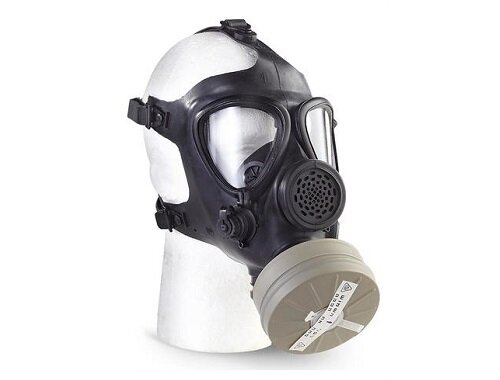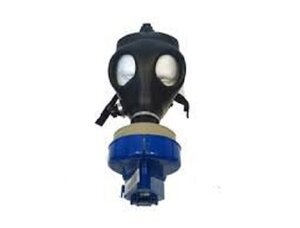Gas masks are devices that protect against harmful vapors, dust, and other pollutants. Some masks can be equipped with filters to filter out harmful contaminants. Others may have their own air supply. An Air Purifying The latter type, known as an Air Purifying Respirator (APR), consists of a tight-fitting facepiece that contains one or more filter cartridges, an exhalation valve, and transparent eyepieces.
An African American inventor patented the first APR in 1914. He was also responsible for major improvements to traffic signals. He demonstrated the value of his invention when he entered the tunnel below Lake Erie to rescue workers after the 1916 explosion at Cleveland Waterworks.
His invention evolved into the gas mask that was used in World War I as a protection for soldiers against chemical warfare chemicals. There have been many advances in gas mask technology since then, especially in the area of new filters. There are various types of filter systems available today. You can choose from a range of military-grade, nato gas mask to an Israeli m 15 gas mask via https://www.gasmaskpro.com/gas-masks/small-israeli-gas-mask.

Modern plastics and silicone rubber compounds have made masks more comfortable and better fitting. APRs can filter many unwanted airborne substances such as toxic industrial fumes and vaporized paint. They also filter some gases used for chemical warfare. There are many styles available, with some masks covering only the nose and mouth, while others cover the entire face including the eyes.
